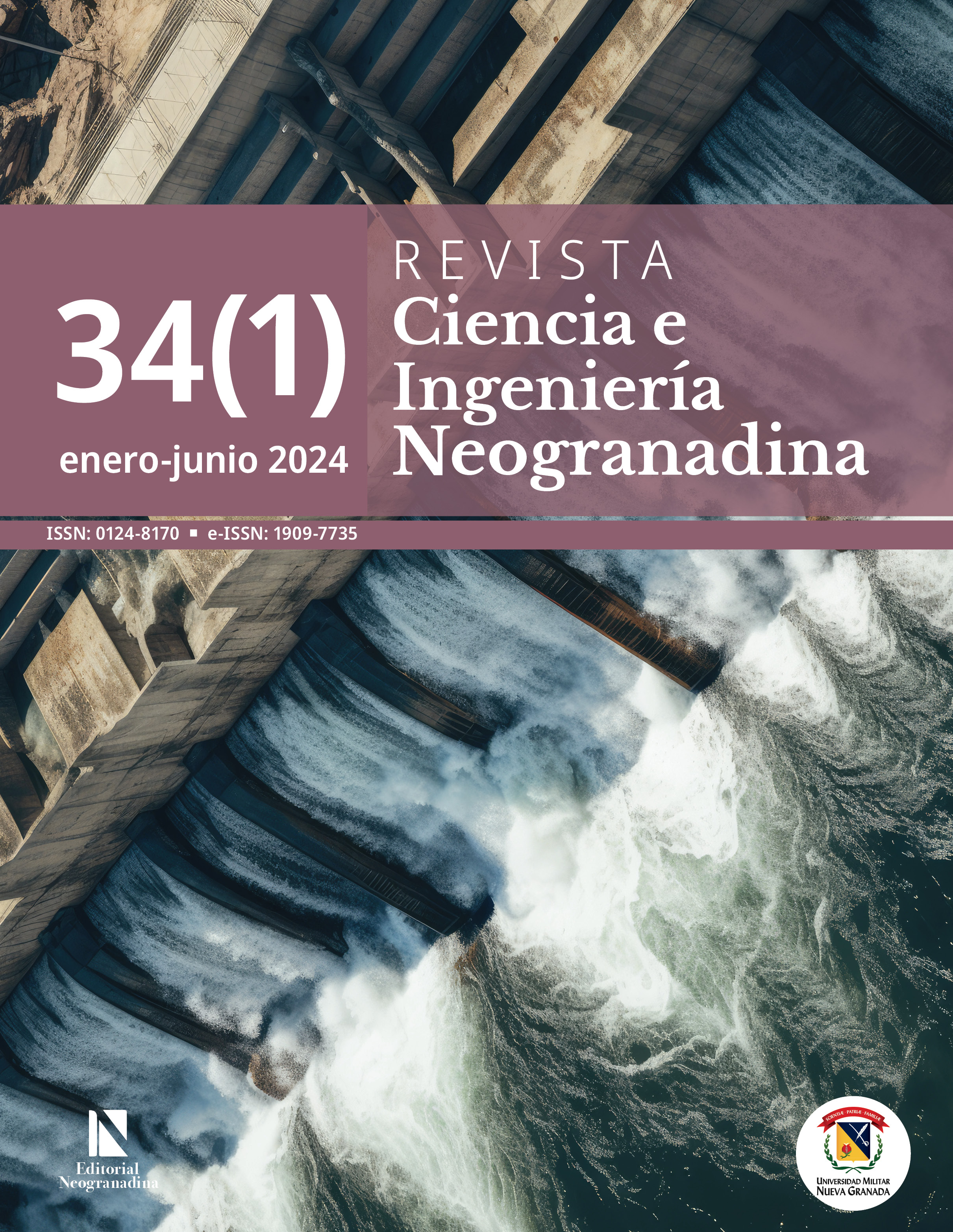Ecological Support Structure (ESS) for Land Use Management: The Case of The Municipality of Florida
Abstract
The Main Ecological Structure (EEP) plays a pivotal role in territorial planning by integrating environmental criteria into rural land use planning, urban development projects, land partitioning, and construction. However, many Territorial Planning Schemes (POT) in Colombia often limit the environmental component to legally established protected areas and regional environmental determinants, such as protection zones. This approach falls short in conserving biodiversity and environmental services vital for sustainable productive processes. The study proposes methodological approach for the POT of the municipality of La Florida based on the concept of Ecological Support Structure (EES), comprising the EEP and Ecological Infrastructure (IE). The EES encompasses two complementary concepts: the Current Ecological Support Structure (EESA) and the Minimum Ecological Support Structure (EESM). While the former may or may not be utilized sustainably by society despite being suitable for maintaining ecological services, the latter includes areas that must be preserved, critical areas, and areas of direct human use. By incorporating the IE, the resulting EES effectively doubles the areas of conservation and environmental protection, increasing from the mandatory 28.36 % to 56.02 %. Newly proposed areas include connectivity corridors, watercourses, springs, associated protection areas, water recharge areas, protection slopes, and the environmental theme park “La casa del Roble”. Consequently, the EES promises significant enhancement of the biophysical conditions of ecosystems upon which ecosystem services rely.
Downloads
References
T. Van del Hammen y G. Andrade, “Estructura ecológica principal de Colombia: primera aproximación”, Bogotá: Ideam, 2003.
Presidencia de la República de Colombia, Decreto 3600. Por el cual se reglamentan las disposiciones de las Leyes 99 de 1993 y 388 de 1997 relativas a las determinantes de ordenamiento del suelo rural y al desarrollo de actuaciones urbanísticas de parcelación y edificación en este tipo de suelo y se adoptan otras disposiciones, 2007.
E. Villegas, A. Cifuentes, D. Contreras, y L. Fernández, “Ordenamiento territorial como instrumento, para la zonificación ambiental a traves de la Estructura Ecológica Principal, como apoyo a la formulación de los POT y los POMCAS en Colombia”, Rev. Tecnol., vol. 14, n.o 2, pp. 49-76, 2015.
J. Prüssmann, S. A. Rincón, H. A. Tavera, y C. F. Suárez, “Estructura ecológica principal de la Orinoquia colombiana - Actualización metodológica mapa Sulu”, Cali, Colombia, 2020.
G. Camargo, “Incorporación de la estructura ambiental integrada en el suelo urbano y de expansión del POT”, Bogotá: Departamento Nacional de Planeación [DNP], 2017.
X. Pu, W. Ding, W. Ye, X. Nan, y R. Lu, “Ecosystem service research in protected areas: A systematic review of the literature on current practices and future prospects”, Ecol. Indic., vol. 154, p. 110817, 2023, https://doi.org/10.1016/j.ecolind.2023.110817
T. León Sicard, La estructura agroecológica principal de los agroecosistemas. Perspectivas teórico-prácticas, 1.a. ed. Bogotá: Instituto de Hidrología, Meteorologíay Estudios Ambientales (Ideam), 2021.
G. Márquez y E. Valenzuela, “Estructura ecológica y ordenamiento territorial ambiental: aproximación conceptual y metodológica a partir del proceso de ordenación de cuencas”, Gest. Ambiente, vol. 11, n.o 2,
pp. 137-148, 2008.
N. Urbina-Cardona, V. O. Cardona, and S. Cuellar, “Uncovering thematic biases in ecosystem services mapping: Knowledge shortfalls and challenges for use in conservation”, Biol. Conserv., vol. 283, p. 110086, 2023, https://doi.org/10.1016/j.biocon.2023.110086.
L. Holdridge, Ecología basada en zonas de vida. San José, Costa Rica: Instituto Interamericano de Ciencias Agrícolas, 1978.
QGIS, «QGIS». 2022. [En línea]. Disponible en: https://www.qgis.org/es/site/
Ideam, Leyenda Nacional de Coberturas de la Tierra. Metodología CORINE Land Cover adaptada para Colombia Escala 1:100.000. Bogotá, D.C.: Instituto de Hidrología, Meteorología y Estudios Ambientales, 2010.
IGAC, Metodología para la clasificación de las tierras por su capacidad de uso. Bogotá: Instituto Geográfico Agustín Codazzi, 2014.
IGAC, “Estudio general de suelos y zonificación de tierras en el departamento de Nariño”, Pasto: Instituto Geográfico Agustín Codazzi, 2004.
Corponariño, “Plan de ordenación y manejo de la cuenca hidrográfica del río Guáitara”, Corporación Autónoma Regional de Nariño, 2019.
Corponariño, “Plan de ordenación y manejo de la cuenca hidrográfica del río Juanambú”, Pasto: Corporación Autónoma Regional de Nariño, 2019.
R. Costanza et al., “The value of the world’s ecosystem services and natural capital”, Nature, vol. 387, n.o 6630, pp. 253-260, may. 1997, https://doi.org/10.1038/387253a0
R. S. de Groot, M. A. Wilson, y R. M. J. Boumans, “A typology for the classification, description and valuation of ecosystem functions, goods and services”, Ecol. Econ., vol. 41, n.o 3, pp. 393-408, 2002, https://doi.org/10.1016/S0921-8009(02)00089-7

Copyright (c) 2024 Ciencia e Ingenieria Neogranadina

This work is licensed under a Creative Commons Attribution-NonCommercial-NoDerivatives 4.0 International License.











